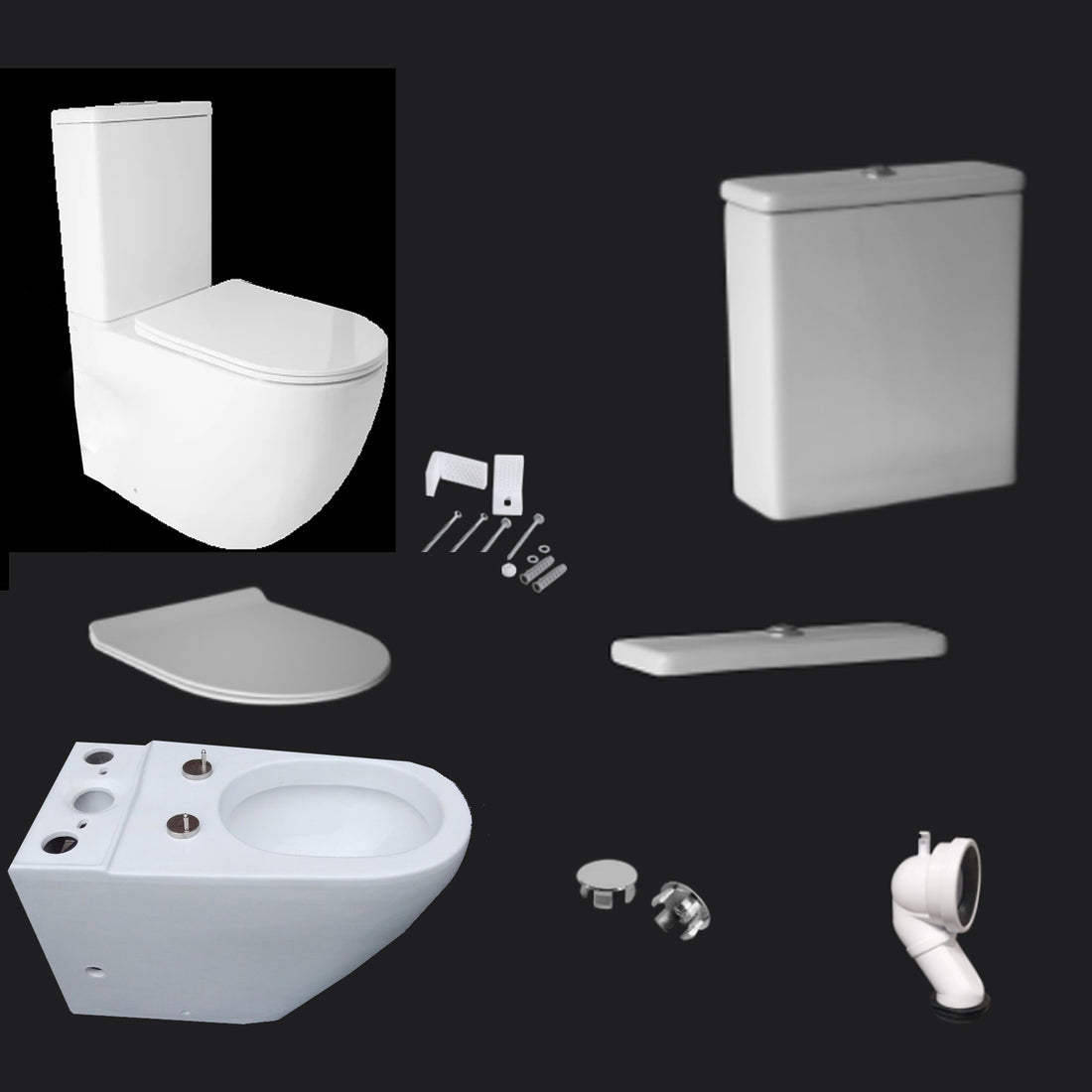Summary:
As environmental concerns grow, choosing water-saving bathroom fixtures becomes crucial for both sustainability and cost-efficiency. Ceramic toilets, especially those designed with advanced water-saving features, provide an excellent solution. This article will explore how to choose ceramic water-saving toilets, analyze their water efficiency, and offer installation and usage tips to further reduce water consumption. Additionally, we will provide practical advice on how to optimize your water usage through daily habits with intelligent toilets, smart toilets, basins, and cabinet basins.
1. Choosing Ceramic Water-Saving Toilets: Water Efficiency Analysis
When it comes to conserving water in the bathroom, selecting the right toilet is key. Ceramic water-saving toilets are designed to reduce the amount of water used per flush, while still maintaining effective performance. Toilets that are classified as water-saving typically use 4 to 6 liters of water per flush compared to older models that can use up to 12 liters per flush.
One of the key innovations in water-saving toilet design is the dual-flush toilet. This feature allows users to select a half-flush for liquid waste and a full flush for solid waste, reducing water consumption. An intelligent toilet or smart toilet can take this concept even further by automating flush volume based on the user's needs, which optimizes water usage without compromising cleanliness. These smart toilets often come with additional features such as touchless flush mechanisms and sensors that further promote efficiency.
When comparing toilets, look for those with a WaterSense label, which indicates that the toilet meets the U.S. Environmental Protection Agency's criteria for water efficiency. However, European standards such as the Blue Angel eco-label also indicate highly efficient water-saving toilets.
For your overall bathroom setup, the wash basin and cabinet basin you choose should also complement the water-saving initiatives. Look for wash basins that are designed to minimize water flow and consider pairing them with water-efficient faucets. Toilet sinks, a combination of a sink and toilet, are another innovative solution for conserving water, as they reuse handwashing water to flush the toilet.
2. Reducing Water Bills with Dual-Flush Ceramic Toilets
Installing a dual-flush ceramic toilet in your home or commercial space is one of the easiest ways to see an immediate reduction in water usage and, subsequently, water bills. On average, a dual-flush toilet can save a household around 17,000 liters of water per year, which translates to significant savings on water bills.
For businesses and large households, intelligent toilets can be a game-changer. These smart toilets often come equipped with customizable flush settings and even smartphone apps that track water usage. Some models of smart toilets also feature water recycling systems, which use gray water from the sink or basin for flushing. By pairing an intelligent toilet with a water-efficient wash basin or cabinet basin, you create a comprehensive water-saving system for your bathroom.
When installing a dual-flush toilet, it’s important to consider both the toilet itself and the layout of your bathroom plumbing. Some toilets may require additional modifications to ensure optimal performance, especially if the water pressure in your home is lower than average. Proper installation of the toilet sink and basin can also contribute to maximizing water efficiency.
Moreover, businesses and hotels that install smart toilets and dual-flush systems not only benefit from reduced operational costs but also promote an eco-friendly image to their customers. Guests and employees appreciate facilities that are designed with sustainability in mind.
3. Water-Saving Tips for Daily Use of Ceramic Bathroom Equipment
Even with a high-quality water-saving toilet, basin, or smart toilet, water can still be wasted through everyday habits. Here are several tips to ensure that your bathroom continues to conserve water:
Flush efficiently: Make sure to use the half-flush option on your dual-flush toilet whenever possible. If you have a smart toilet, it may have built-in automation for efficient flushing based on usage, reducing the need to think about it manually.
Check for leaks: Even a small leak in your toilet or wash basin can lead to significant water waste over time. Regularly inspect your intelligent toilet and basin for signs of leaks or inefficiencies.
Install aerators: Installing a faucet aerator on your wash basin can significantly reduce the flow of water without affecting performance. This is an especially useful addition to cabinet basins or toilet sinks, where a balance between water pressure and efficiency is crucial.
Upgrade fixtures: If your current basin, toilet, or cabinet basin is outdated, consider upgrading to models designed for water efficiency. Many new intelligent toilets and basins come with smart water management systems that ensure minimal water usage.
Reduce shower time: Although this is not directly related to the toilet, reducing your overall water consumption by limiting shower times will lower your household's water usage. Encourage family members or employees to adopt shorter showers as part of an overall water-saving strategy.
In commercial spaces, motion-sensor faucets installed in wash basins can further reduce water waste by ensuring that the water only flows when needed. Combined with efficient toilets and cabinet basins, these smart fixtures help create a fully optimized water-saving bathroom.
Conclusion
Incorporating water-saving solutions in your bathroom, particularly through the careful selection and use of ceramic toilets, intelligent toilets, wash basins, and cabinet basins, is a smart and environmentally conscious choice. By selecting smart toilets with dual-flush options and pairing them with water-efficient basins and faucets, you can significantly reduce your water consumption and lower your bills. Moreover, by adopting mindful habits in daily use, you can further enhance your water savings. For businesses, investing in smart toilets and efficient bathroom setups not only promotes sustainability but also improves your bottom line through reduced utility costs. Start making water-saving decisions today for a greener tomorrow.

